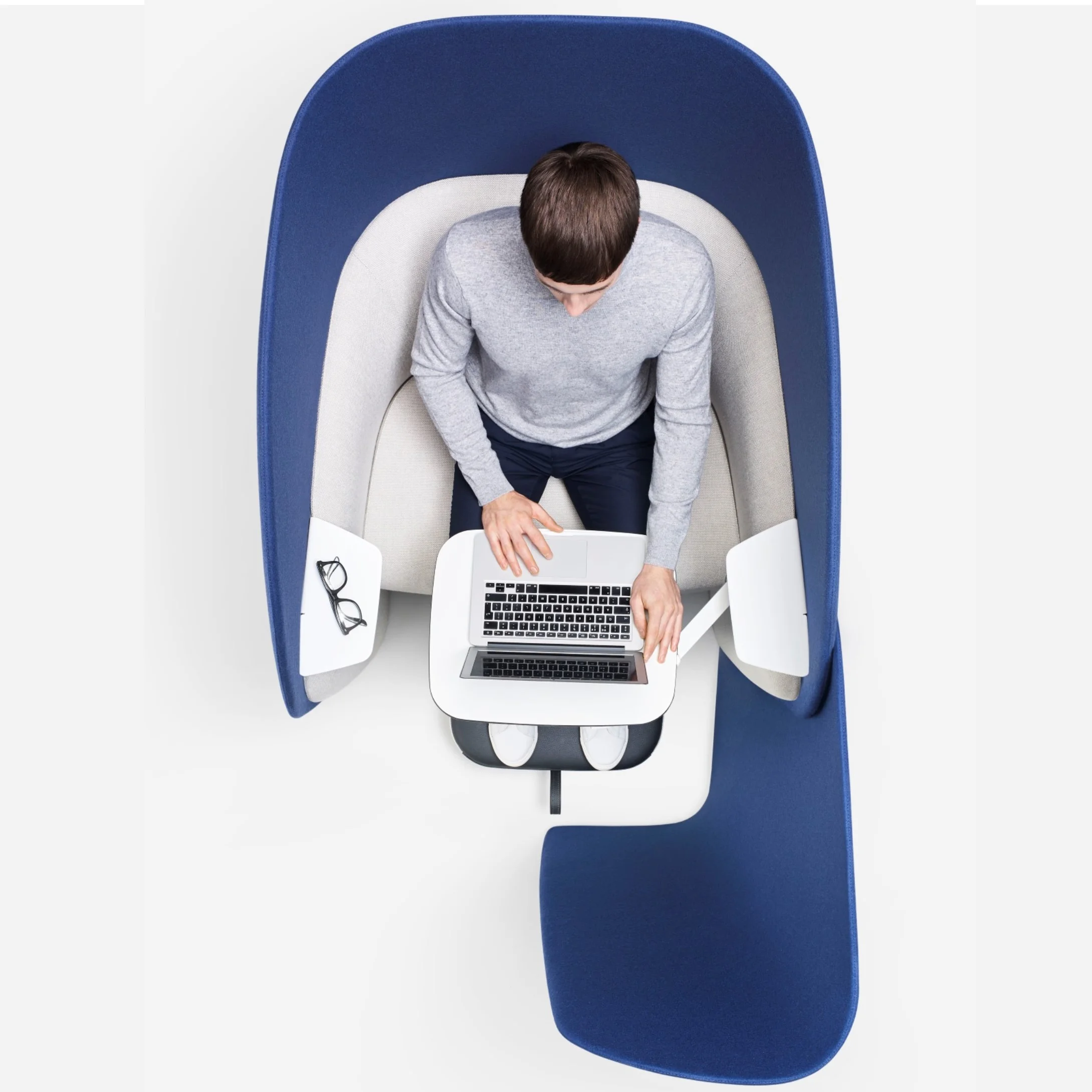The idea of a cocktail party might be a bit dated, but it is the perfect metaphor for describing one aspect of the most common complaints about modern office design. An idea called the cocktail party effect has been known to neuroscientists for decades. It describes how we are able to filter out a large amount of noise and focus almost completely on just one source of sound. So, while we clutch our Manhattan, we can listen intently to just one person and ignore the babble of voices that might otherwise drown them out. We can tune in to the source we think is important and tune out everything else.
The underlying principle is that we respond not just to the amount of noise in our surroundings, but also other factors, many of them unconsciously.
Even so, if you ask most office workers what they find most irritating and unproductive about their workplace. They’re most likely by some distance to suggest that it is sound. The issue has intensified over the past few years with the proliferation of mobile devices and because the amount of space allocated to each person has fallen substantially as firms adopt more space intensive and agile workplace models.
By most measures, space allocation per person has dropped dramatically in recent years. This can be problematic because it can cause us issues at a visceral level. Proxemics, is the study of personal space and its originator cultural researcher Edward T Hall claimed that people typically have up to four zones of comfort. These are dependent on the level of intimacy with the other person, and are classified as ‘intimate’, ‘personal’, ‘social’ and ‘public’.
Invade those spaces and it’s trouble. In short, we’re making more noise than ever before and we’re closer together while doing it. It’s a perfect storm.
It’s tempting to think that the core problem we must address is the amount of sound in the workplace. And there is some truth in this, of course. The most obvious idea that arises from this is that offices are too often designed for the eyes and not the ears.
When you accept this premise, the obvious solution to the problem of office noise is to try to reduce it with acoustic pods, screens, baffles and quiet rooms. These are essential elements in a modern work setting yet it is important to recognise they are part of a solution that acknowledges the complexities of the issue.
The best solution is one that addresses all of the senses as well as the unconscious. We are fortunate that we know far more about these complex and interrelated factors than ever before and the designed solution to them in the workplace. This paper sets out to introduce them. I hope you enjoy it.
Mark Barrell is Design Director at Boss Design

